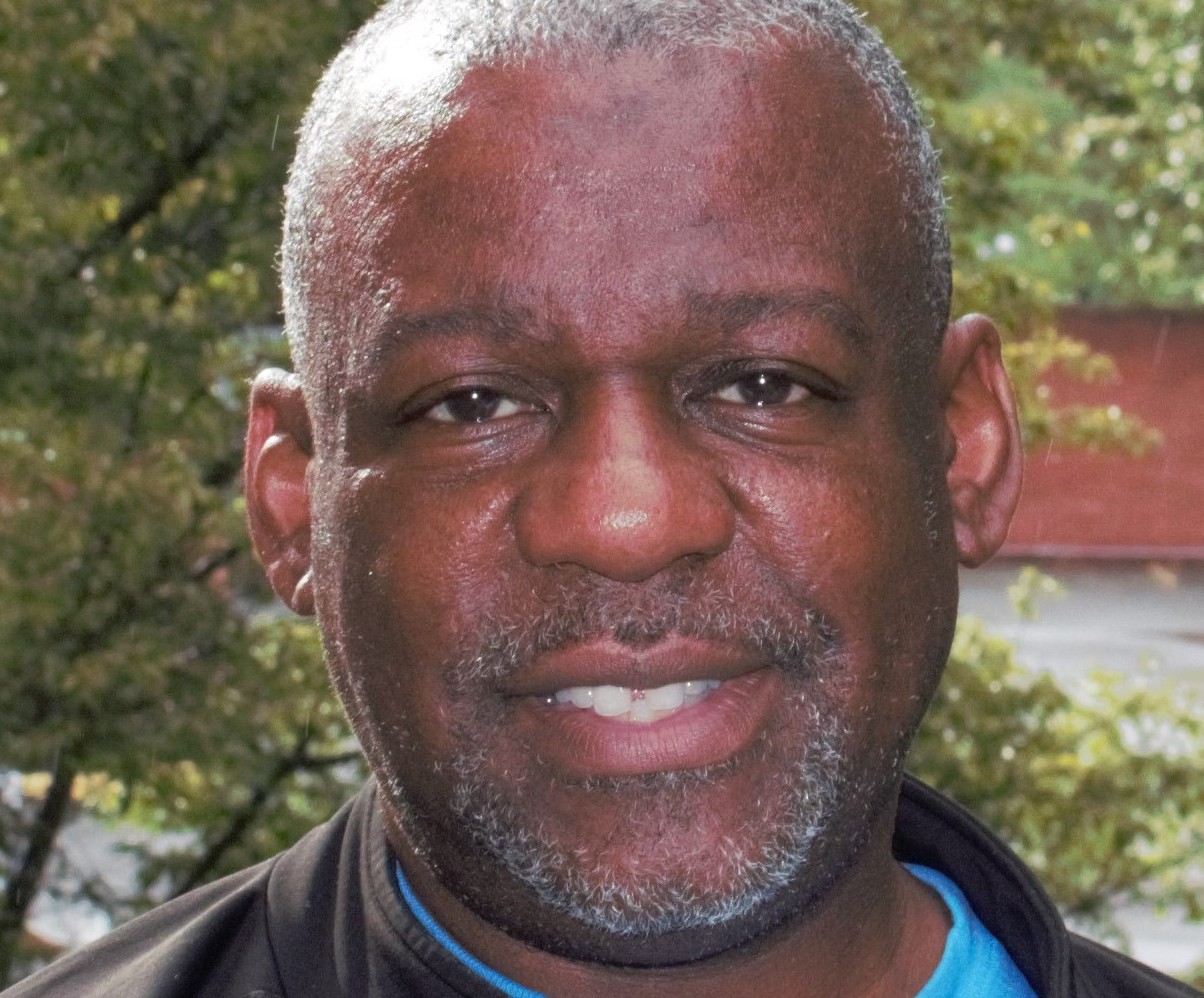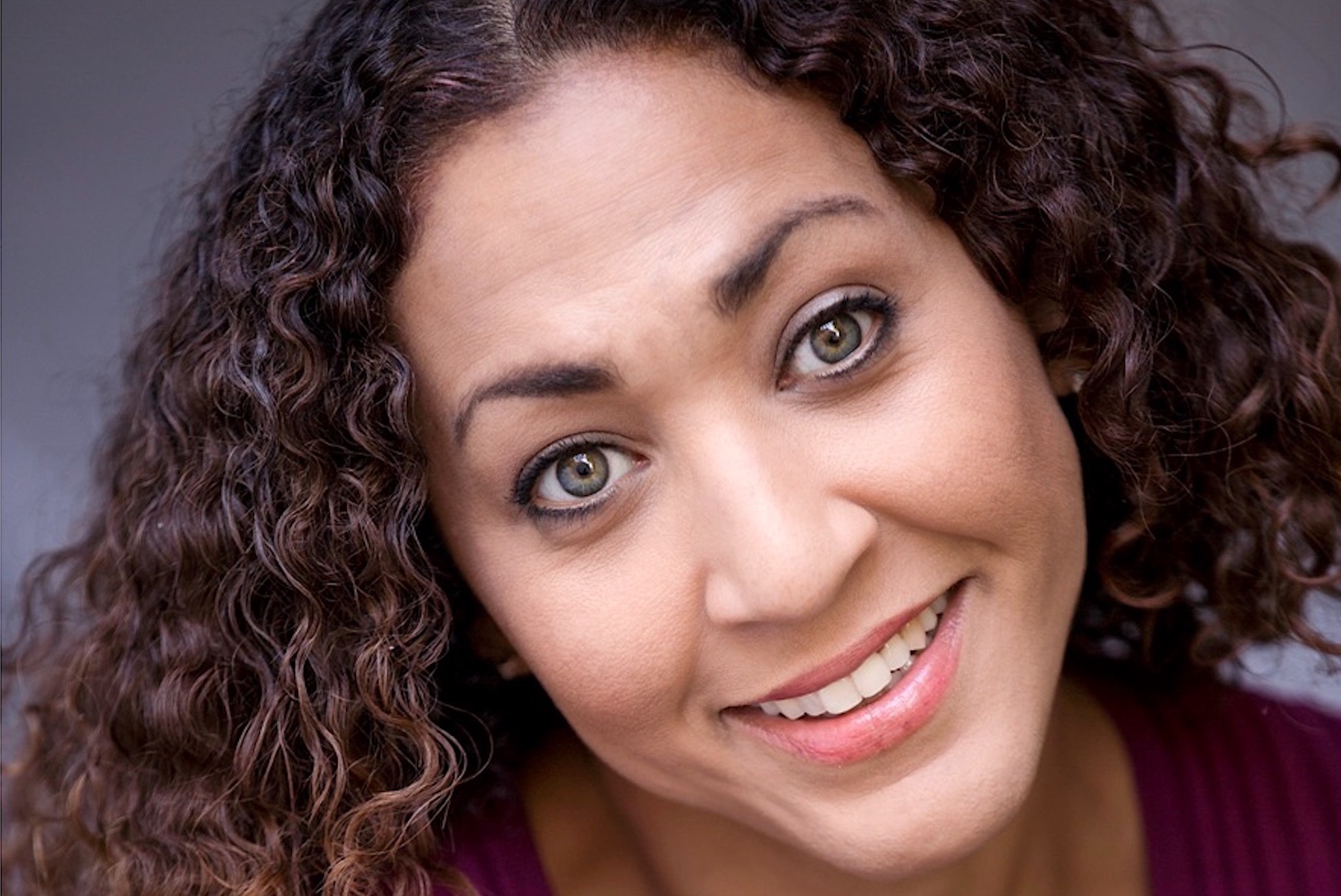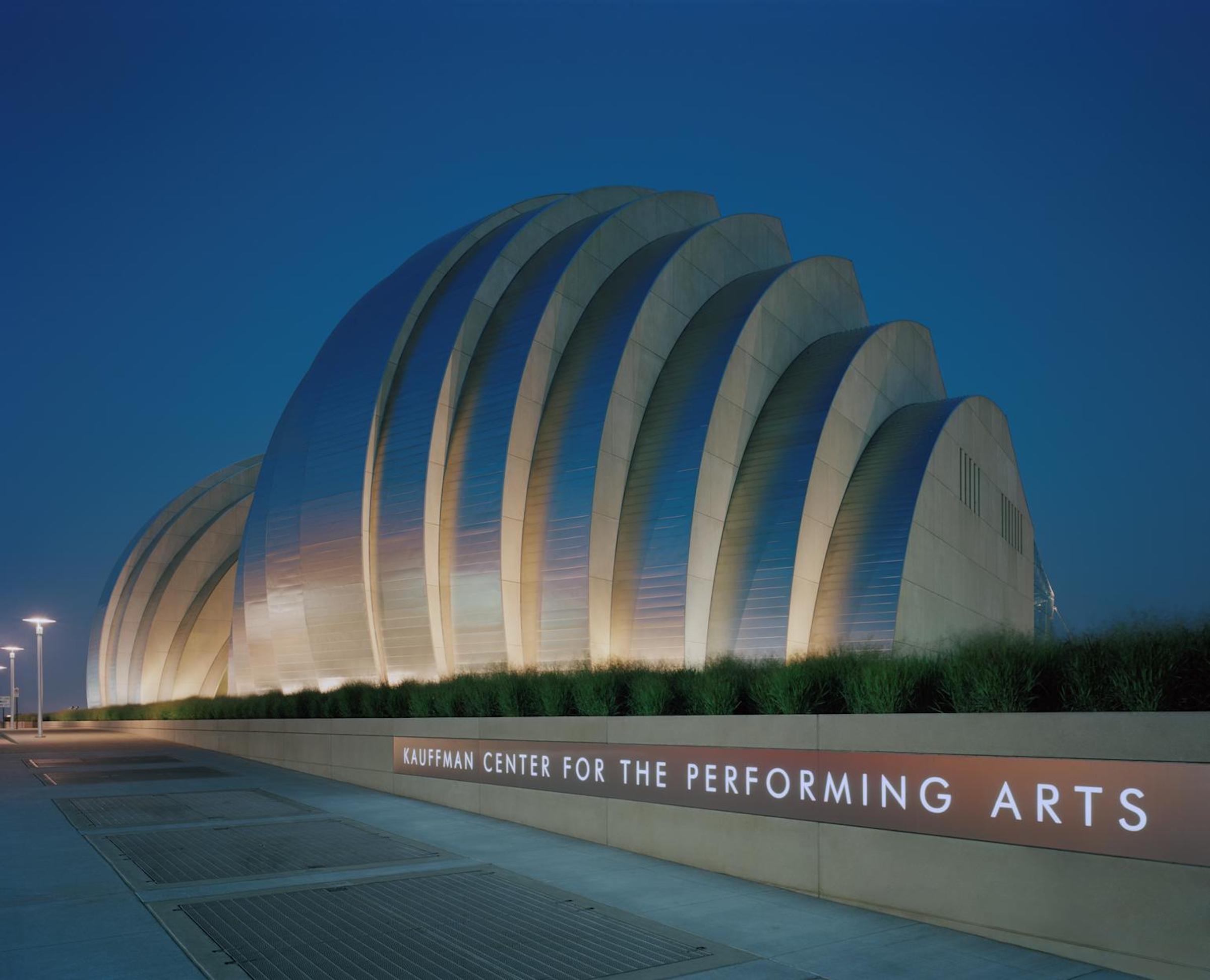READY, SET, DESIGN: Lyric’s Scenic Genius Creates Bold Visuals for New Carmen
It began with a circle. R. Keith Brumley’s scenic design for the Lyric Opera’s new production of Carmen took as its point of departure the circular shape of the bullfight ring of Act 4, where the searing drama of Bizet’s opera reaches its breaking point. In the three acts leading up to that wrenching moment, the curved walls that ultimately form the bullring are used in fragments that form variously the walls of Seville (Act 1), the interior of Lilias Pastia’s tavern (Act 2) and the ruins of the rocky hideout (Act 3). Both the brilliant visual designs and the economy of means are hallmarks of Keith’s work, which has graced the Lyric stage since 1984 (he joined the staff in 1991) and has been seen around the country when other companies rent his sets. He is, quite simply, one of America’s top stage designers, a behind-the-scenes hero of a company whose artistic advances have drawn national attention. Always thinking on a budget, he has learned to create striking, beautiful, convincing sets at a fraction of what other designers might require.
It all begins with an idea — a doodle, a sketch, a visual concept that is formed in conversation with the stage director for the production, music director Ward Holmquist, and other members of the Lyric’s team. “It’s a good shape, it feels complete,” says Keith of beginning the concept with a circle. Opera stages by their nature tend to have lots of lines and rectangles, and thus circles and curves serve as a satisfying counterpoint. Many of Keith’s most notable designs have included round objects of various sorts, such as the disc-shaped platform he created for Coyote Tales and then reused creatively several times (most recently for A Midsummer Night’s Dream).
But the bullring was not Keith’s first concept for this Carmen. “My desk is full of images that were unusable,” he says with a laugh. We spoke at the Lyric’s set-building shop in the East Bottoms, a huge gymnasium of what used to be an elementary school, where he and his crew of four burly guys were hammering, drilling and gluing the giant 22-foot-high segments of the set.
There’s a lot of trial-and-error in the planning stages of a new production, and much of it has to do with the stage director and his or her vision. The director for the Lyric’s Carmen, Bernard Uzan, says he wants to stress the idea that Carmen knows she is doomed, and thus all the action is leading up to her scene with Don José in Act 4 — which jibes perfectly with Keith’s scenic concept, in which the walls of the first three acts conspire at the end to create the very emblem of the lovers’ doom, namely rival Escamillo’s bullring. “From the beginning she’s been talking about her death,” says Bernard, whom Lyric audiences know from his splendid Tosca last season. “All she sees is death, and she believes in it. She says, ‘I know that my time has come.’ ”
Opera production requires “a big collaboration between the designer and the director,” Bernard says. “For example, in Act 1, I need a place for the soldiers to be, and then I need a place for the girls from the cigar factory. And I like to have a fountain on the town square, because it’s hot, and they need water. But I also know I’m going to have 45 people onstage, and I need space behind it.” So the fountain ended up just stage-right of center (for now). Then, a lively discussion over whether the fountain should have plumbing was resolved when the team decided it would make too much noise. “But also because of the psychological effect that running water could have on members of the cast,” Keith says with a laugh, “and the audience.”
Each design is represented in a sketch and sometimes by a miniature, built-to-scale model that helps the cast and crew envision the layout. From there a team of expert craftsmen make magic. “My main goal is to make it look like his sketches,” says master carpenter James Corcoran. The new Carmen is among some 75 opera sets Keith has designed, about 35 of which were created for the Lyric. He has designed for Seattle Opera, Anchorage Opera, Opera Carolina, Virginia Opera and others, and his sets are rented out to numerous companies around America. In each case he works closely with crew and cast to make for a “well-oiled” production.
For this season’s Carmen the Lyric has assembled an unusually young and attractive cast, headed up by mezzo-sopranoSandra Piques Eddy in the title role. “She brings that youth, and makes the character believable,” Bernard says. “The danger of Carmen is that she becomes a shrew. But if she’s young, her youth excuses her behavior, and gives her license to change her mind.” The cast also includes tenor Dinyar Vania as Don José, baritone Marcelo Guzzo as Escamillo, soprano Alyson Cambridge as Michaëla and bass David Michael as Zuniga. Ward Holmquist conducts the production, which runs from September 25 to October 4 at the Lyric Theatre. For tickets and information call 816-471-7344 or go to www.kcopera.org.
To reach Paul Horsley, performing arts editor, send email to phorsley@sbcglobal.net.
Features

Tyrone Aiken danced prodigiously as a youth, trained at The Ailey School as a young adult, worked as a professional dancer at the height of the New York dance ferment,…

CAROLINE DAHM Dancer, choreographer, producer, master teacher, adjunct dance professor at The UMKC Conservatory, assistant director at Wylliams/Henry Contemporary Dance Company What I love about the Kansas City performing-arts scene: Kansas…

It’s difficult to remember what the Kansas City skyline looked like 20 years ago, before the Kauffman Center for the Performing Arts began to take shape at 16th and Broadway.…






